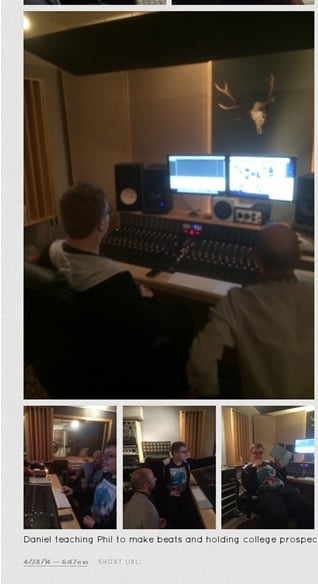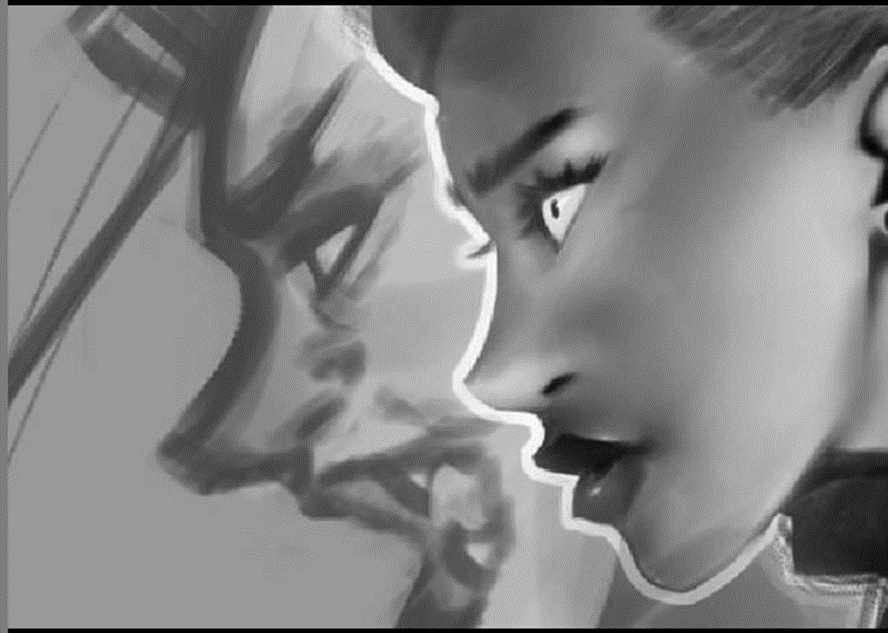
Focus on Bronze Part C
BY: Nicola King
17 Nov 2025
Continuing our series of blogs focusing on each part of Bronze, we now take an in-depth look at Part C ‘Arts Inspiration’. With some ideas for researching and writing a review, this blog offers essential guidance for advisers and centres approaching Part C.
What’s at the heart of the part?
At the heart of Bronze Part C, young people develop simple research and communication skills to find out about someone in the arts they admire, or who has inspired them. They summarise, in their own way, what they’ve found out about the person’s arts career, life and work and explain why they chose them. What’s really important for this section is that young people focus on the person’s arts-related life and work, for example, the person’s career path, training, achievements and influences – as opposed to only non-arts related biographical information.
Choosing an arts inspiration
The arts inspiration must have worked in the arts, but there are an enormous range of roles that could be suitable, including:
- Writers
- Actors
- Dancers
- Casting directors
- Directors
- Visual artists
- Musicians
- Costume designers
Ask the young person to consider ‘Who inspires you and why?’ This could be a craftsperson or arts practitioner. They have to be a real person (so not a character from a film, for example - though they could look at the actor who plays that character instead) but the inspiration focus could be alive or dead. Young people could choose someone local, or an artist they know, their chosen arts inspiration figure doesn’t need to be famous.
Arts inspiration research
- Arts Award Supporters are organisations who offer events, activities and opportunities which help young people achieve Arts Awards. Supporters may be able to facilitate contact with professional artists or practitioners they work with.
- Young people can use the internet, books, magazines, specialist publications, television, film and radio to research their arts inspiration’s career. They may wish to see the person’s work at the cinema, at a gallery or the theatre, or watch a documentary about them
- If the artist is known to them, they could interview them face-to-face, by email or phone
- You could use interviews with artists and arts industry professionals as a way of introducing young people to researching their arts inspiration
- If young people do interview an artists, as part of their research, this ‘how to interview like an artist’ guide has some great tips for how to plan a successful interview.
- Make sure young people include evidence of their research in their portfolios, not just the final summary. This could include photographs, notes, recordings, a bibliography-including online sources etc.
When doing their research young people could use prompt questions such as:
- What kind of work do they produce? Why do you like it?
- Can you share some examples of their work? You could save photos, music or videos with your comments, or describe something that they’ve produced
- Where and how did they learn their arts skills?
- How do they create their artwork? What can you find out about their creative process?
- What is it about this artist or their artwork that really inspires you?
Find some more examples of prompt questions on the Bronze Hub.
Presenting research
Young people need to present a summary of what they have found out, why they chose their arts inspiration and what they have learnt about their arts career, life and work. This summary can be in any format, including:
- a poster or collage of information
- a film
- a piece of artwork incorporating information and reflection (eg a sculpture, drama piece)
- a presentation (this needs to be recorded, eg on PowerPoint slides or filmed)
- a booklet or zine
Support resources
The following resources could help with your Bronze delivery or planning:
Bronze Activity mapping resource
We hope that you found this blog helpful, and don’t forget to keep an eye out for the final blog in this series, where we will look at Part D in more detail.
Related posts
BY: Guest Writer
BY: Cathy Thornhill




Comments & Replies